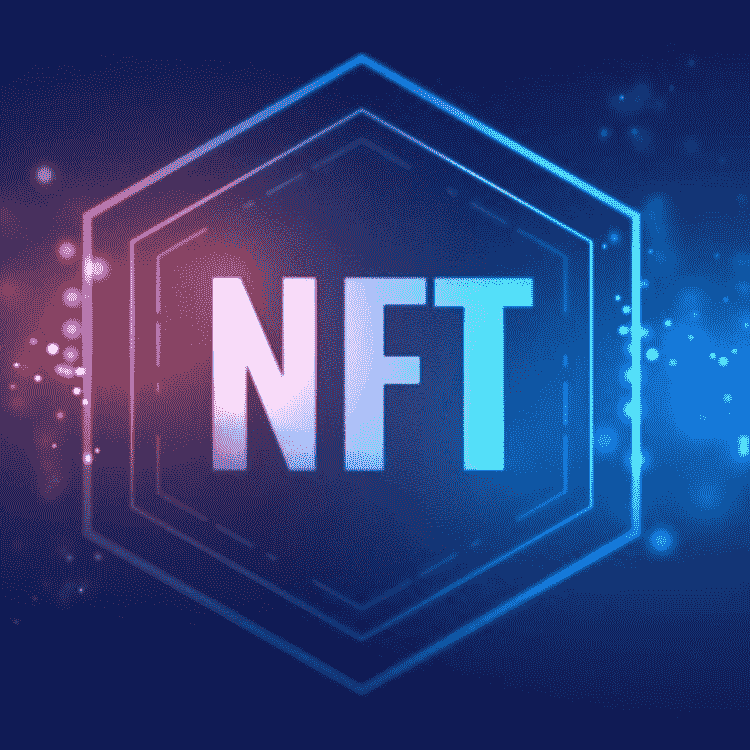Non-fungible tokens (NFTs) have become a popular way for digital artists to monetize their work. However, the debate over how to fairly compensate creators for secondary sales of their digital assets has been ongoing.
The debate over NFT royalties has been heating up in recent months as more and more NFT marketplaces open up. On one side of the debate, there are those who believe that creators should be entitled to a share of royalties from their work. On the other side, there are those who think that buyers should have full ownership of the works they purchase.
The issue is further complicated by the fact that different marketplaces have different policies on royalties. Some platforms like OpenSea have taken steps to protect creator royalties, while others like Nifty Gateway have followed suit. This has led to a lot of confusion about what rights creators actually have when it comes to their work being sold as an NFT.
At the heart of this debate is the question of how we can best ensure that creators are fairly compensated for their work. It’s important to recognize that digital artistry is becoming increasingly important in our society, and it’s essential that we create a system that allows artists to make a living from their creations.
In order to empower present and future NFT creators, UK’s leading Web3 studio – Fracas Digital recommends that important to understand how NFT royalties work and what options are available.
NFT royalties are payouts that compensate the original creator every time a secondary sale of their digital asset occurs. This system allows creators to receive a percentage of the sale price each time their artwork is resold, regardless of how many times it changes hands. The amount of royalty paid out can vary depending on the platform or marketplace used, but typically ranges from 5-20%.
In addition to understanding how NFT royalties work, it is also important for Web3 studio creators to be aware of any potential pitfalls associated with them. For example, some platforms may not offer royalty payments at all or may require creators to waive their rights in order to participate in certain marketplaces. It is, therefore, essential that creators do their research before signing up for any platform or marketplace that offers NFT royalties.
Finally, there are several ways that present and future NFT creators can ensure they are properly compensated for secondary sales of their digital assets. One option is to use a platform that offers royalty payments as part of its services, such as SuperRare or Rarible. Additionally, some platforms allow users to set up smart contracts which automatically distribute royalties when an asset is resold.
By taking advantage of these options and doing thorough research into the terms and conditions offered by different platforms, present and future NFT creators can ensure they are properly compensated for their work while also protecting themselves from potential pitfalls associated with NFT royalties. Ultimately, it will be up to the industry as a whole to come together and find a way forward that works for everyone involved. Until then, it looks like the great NFT royalty debate will continue for some time yet!
